The art
A highlight of European art history can be found in Winterthur: Caspar David Friedrich’s Chalk Cliffs on Rügen. This Romantic masterpiece is part of the Oskar Reinhart Foundation (Stiftung Oskar Reinhart), which forms the core of the museum's collection. But there is also much more to discover: from Ruisdael to Böcklin, from Albert Anker to Ferdinand Hodler - from the 17th to the 20th century.
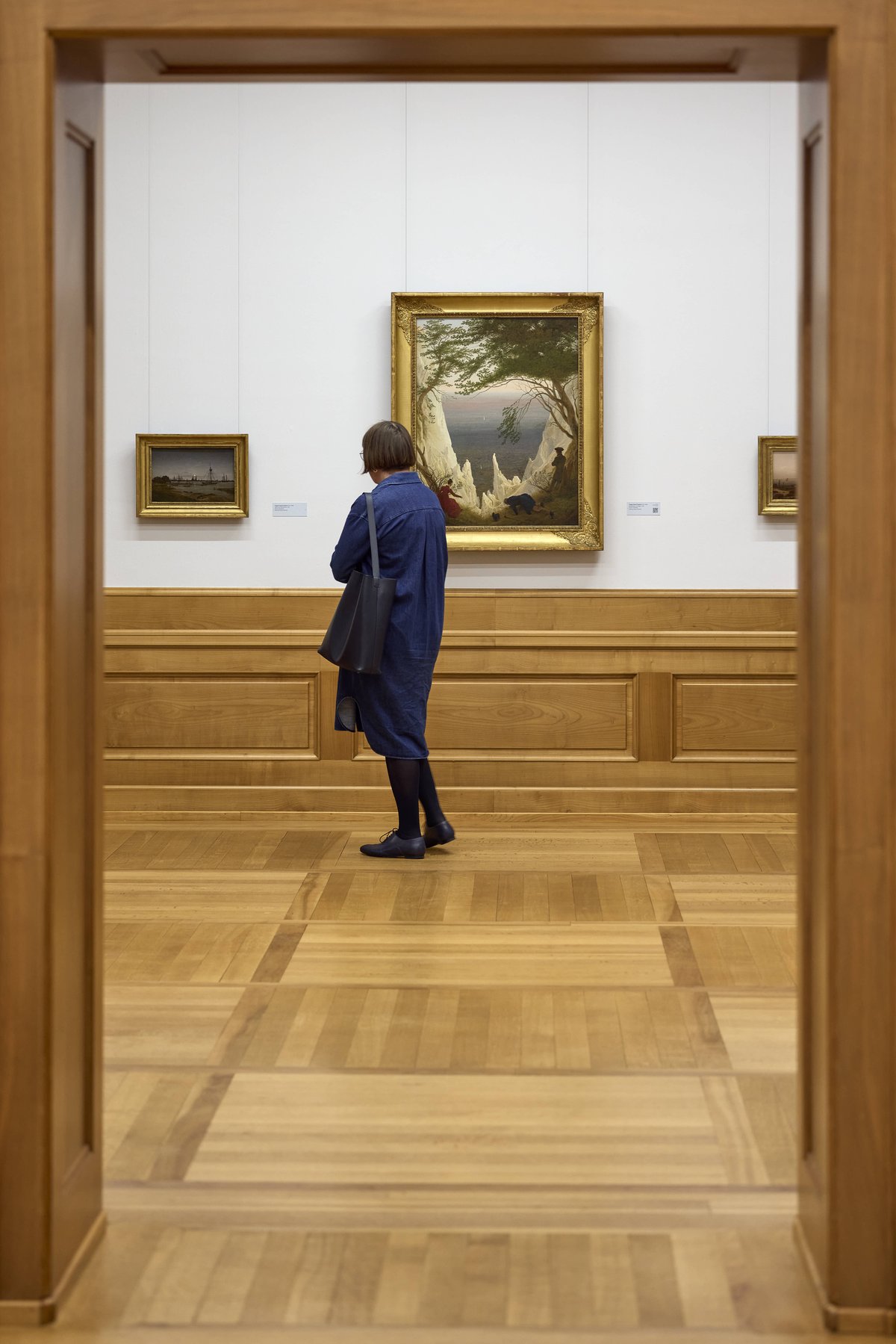
The Jakob Briner Foundation's collection can now be viewed in rooms that were specially converted for this purpose a few years ago, including exemplary works by landscape painter Jacob van Ruisdael and still life specialist Pieter Claesz. In addition, the Kunstverein has acquired other important works in recent years, such as a masterfully painted portrait of a boy from the Rembrandt circle by Jacob Adriaensz Backer.
Summit of the Enlightenment
One focal point of the collection lies in the art of the 18th century, the Age of Enlightenment. During this period, a new, scholarly interest in nature was awakened. Explorations of the Swiss mountain world with its peaks and glaciers were undertaken, and painters played an important part in this. One of their pioneers was Caspar Wolf, who is represented in the collection with an outstanding group of works. He was one of the first to translate the high alpine landscape into art. In his wake, artists such as Alexandre Calame shaped the image of Switzerland as a land of mountains. While Calame is known in many places for his monumental paintings, in Winterthur you can get to know him on a more intimate level. Oskar Reinhart was particularly interested in his oil studies, in which we can virtually peer over the painter’s shoulder as he worked.
The room with works by Anton Graff is a tribute to an artist born and raised in Winterthur, who was one of the most sought-after portraitists in Europe in his day. An excellent group of works can be seen in his home town, including the very personal portrait of his wife, which he painted shortly after their wedding.
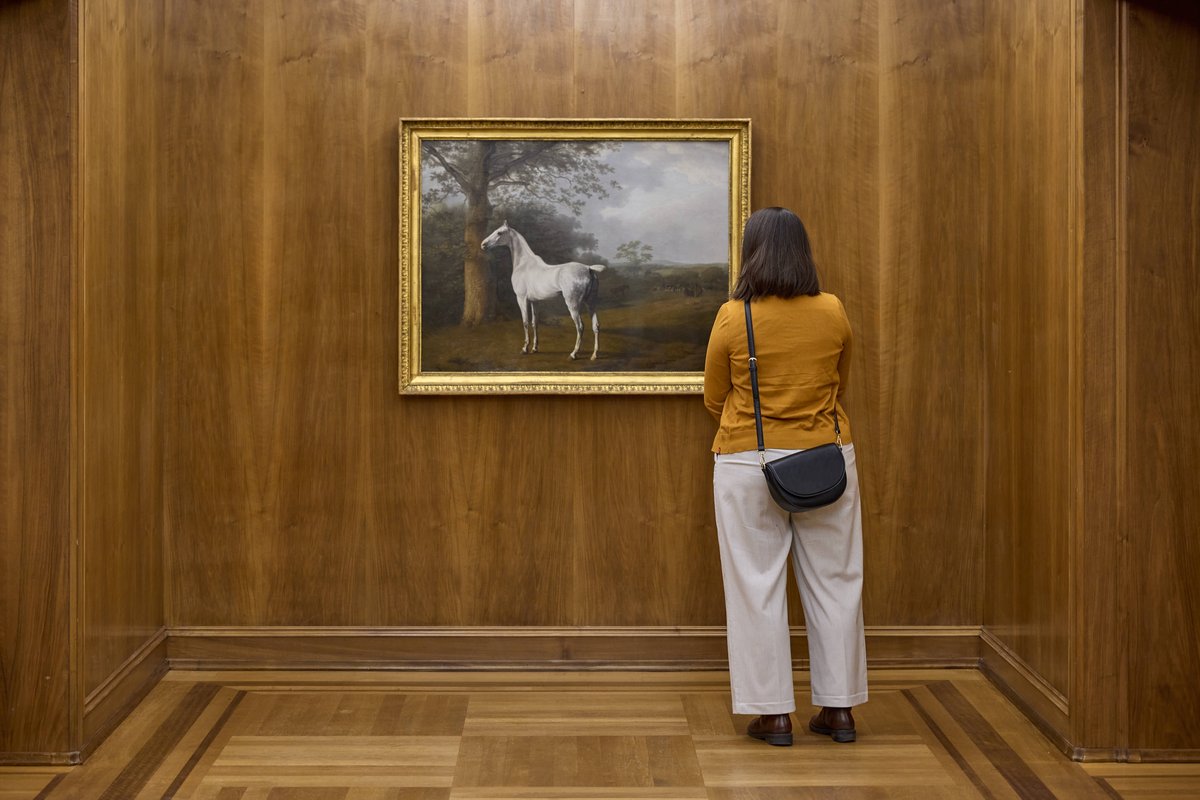
French-speaking Switzerland
In no other museum in the German-speaking world can the painting of the French part of Switzerland be experienced as closely as in the Kunst Museum Winterthur. The three friends of the Geneva School are represented with outstanding paintings: Wolfgang-Adam Töpffer, Firmin Massot and Jacques-Laurent Agasse. One of the highlights here is Agasse’s portrait of a grey horse, in which the speed is captured with the dignity of a king. Special mention should also be made of Ferdinand Hodler’s teacher Barthélemy Menn, who made a significant contribution to this genre with his paysages intimes and also introduced French plein air painting to Switzerland.
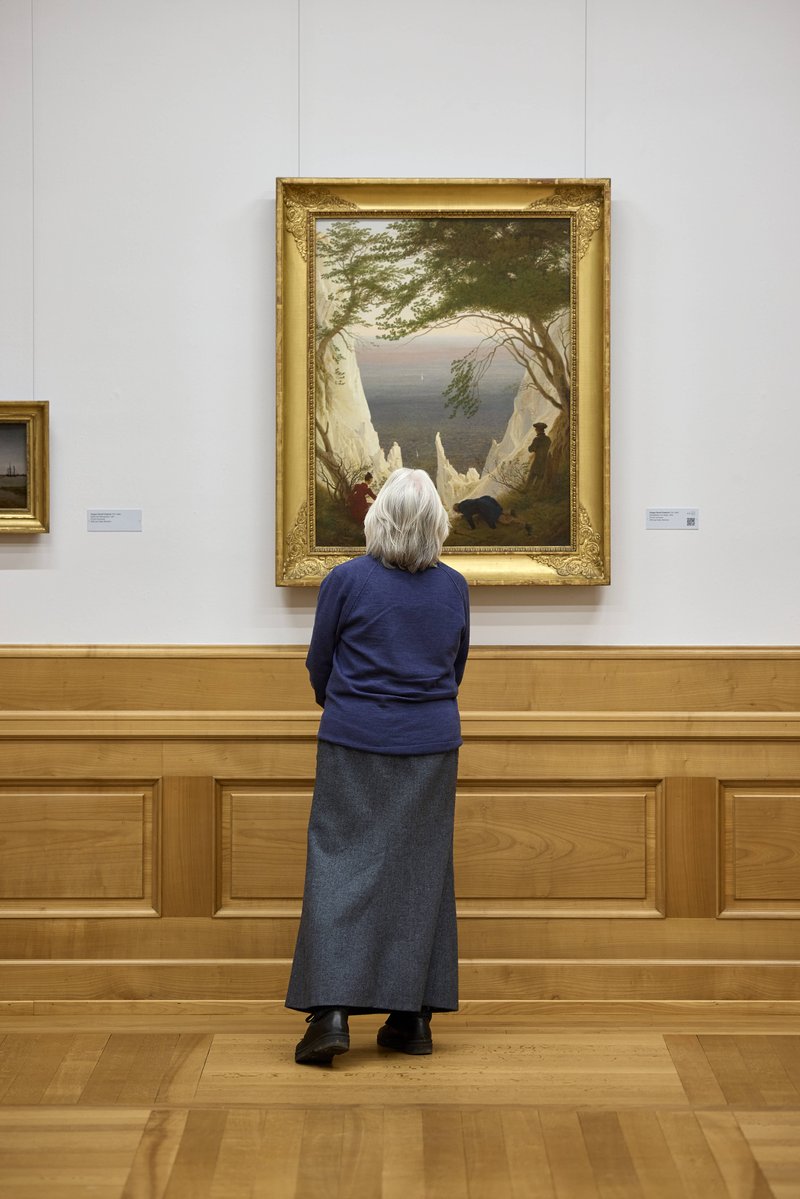
Romanticism
German Romanticism had an impact far beyond its homeland, shaping the whole of Europe with its radical ideas and impressive paintings. Its artistic protagonist was Caspar David Friedrich, who treaded new paths with his canvases, revolutionising landscape painting. In the unique group of works around the famous Chalk Cliffs on Rügen, you can see how the landscape can be much more than a simple image of nature. It is also a sign of divine order, an expression of the painter’s personal state of mind, a political manifesto and modern vision, all at the same time.
Other treasures, including an exquisite selection of oil studies by masters such as Carl Blechen and Johann Georg von Dillis, complete the core collection of the Romantic section. There are also pictures of travellers to Italy, which offer a fresh and colourful contrast to the pensive paintings from Germany: a veritable feast of colour and light.
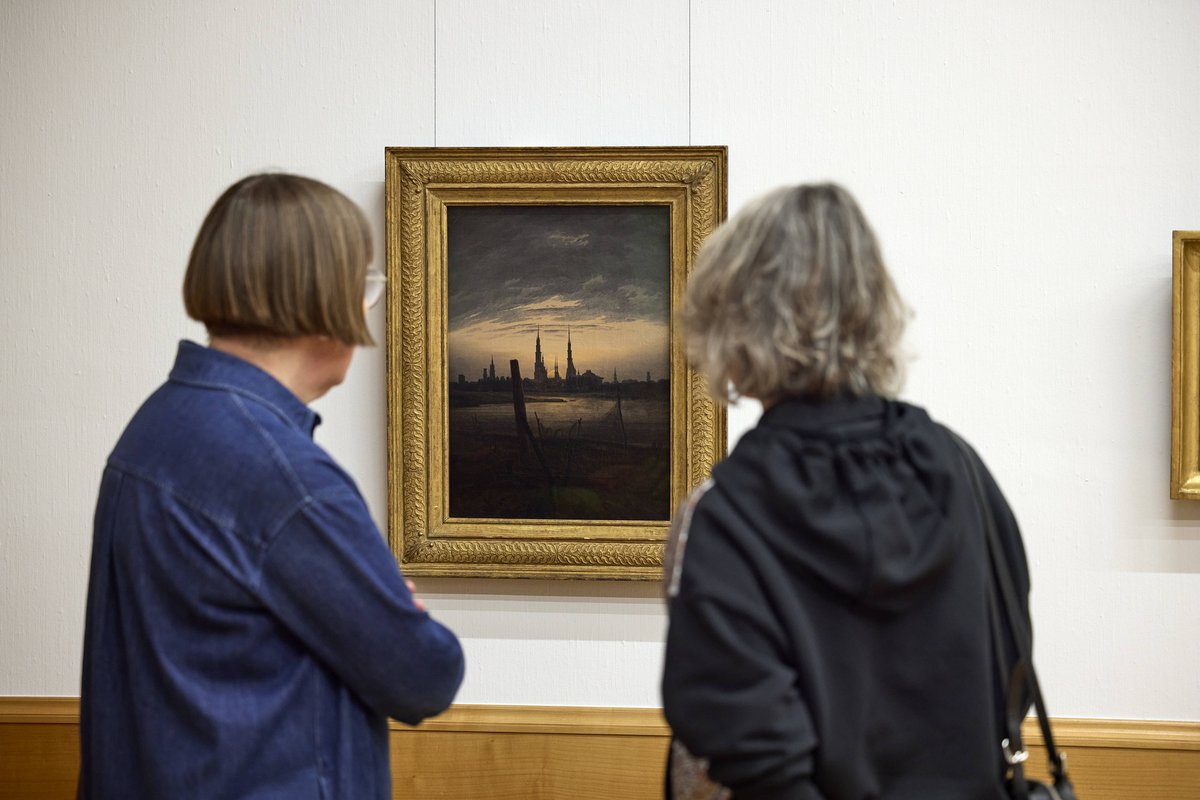
Biedermeier and Realism
After the profound thoughts and wild emotions of Romanticism, painting became more down-to-earth again. This can be seen impressively in Wilhelm Leibl’s early major work The Village Politicians. In a sophisticated composition and an almost old-masterly style of painting, he devoted himself to an everyday subject that is, however, imbued with psychological and social meanings. Also Adolph von Menzel, who usually created representative paintings for the Prussian king, devoted his free time to such mundane things as a simple peasant or a horse’s head – inspired by the revolutionary uprisings of 1848. In doing so, he was able to give free rein to his painting skills. The group of oil studies on display belongs to the finest works by this pioneer of modernism.
Carl Spitzweg from Munich took a decidedly different approach, creating a portrait of the everyday life of his era with subtle humor and in small-format paintings, while at the same time escaping the upheavals of society. Thanks to permanent loans from the Foundation for Art, Culture and History, the museum is able to substantially strengthen the fine group of works from the Oskar Reinhart Foundation in order to bring Spitzweg's skill and humor to life even more beautifully.
Swiss painting of the 19th century
Swiss art forms the cornerstone of the Oskar Reinhart Foundation. Its most important representatives in the 19th century include the landscape painters Robert Zünd, Adolf Stäbli and Rudolf Koller. Koller was especially renowned during his lifetime for his paintings of cows, although this particular focus on his work did bother him. For this reason, the museum is presenting a different view of his work, including marvellous studies of the terrain, in which his modern eye and outstanding skill can be studied. As a child, Oskar Reinhart accompanied his father in a visit to Robert Zünd’s studio. He seems to have been particularly fond of his detailed paintings of the surroundings of Lucerne, as the beautiful group of Zünd paintings aptly demonstrates.
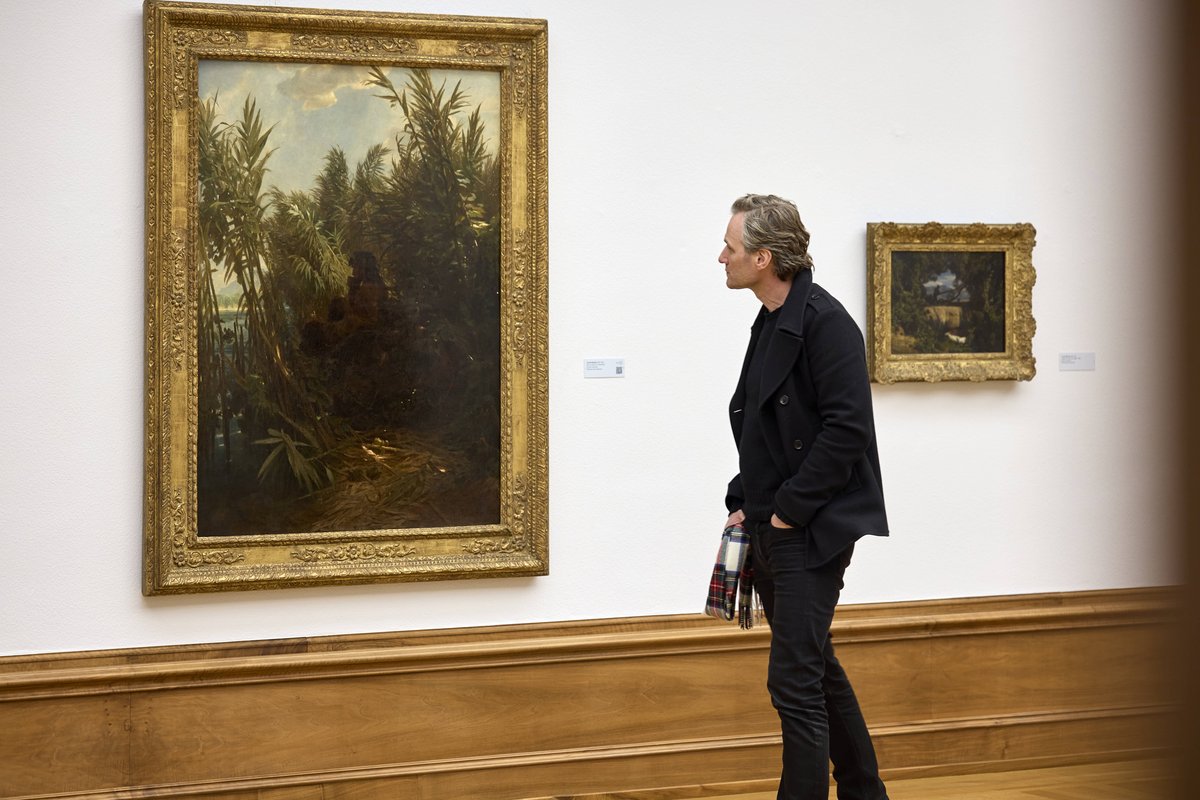
Böcklin and the German Romans
The synergies in bringing together various Winterthur art collections are exemplified in the important group of works by Arnold Böcklin. While the Oskar Reinhart Foundation owns the early major work Pan among the Reeds, the Kunstverein Winterthur owns Villa by the Sea, a predecessor of the famous Isle of the Dead. Previously it was hardly ever possible to exhibit it in a meaningful way, but now it has found a suitable home in Reinhart am Stadtgarten.
The group of so-called German Romans is unique in Switzerland; it is rounded off by important works by Hans Thoma, Hans von Marées and a wonderful Iphigenia by Anselm von Feuerbach.
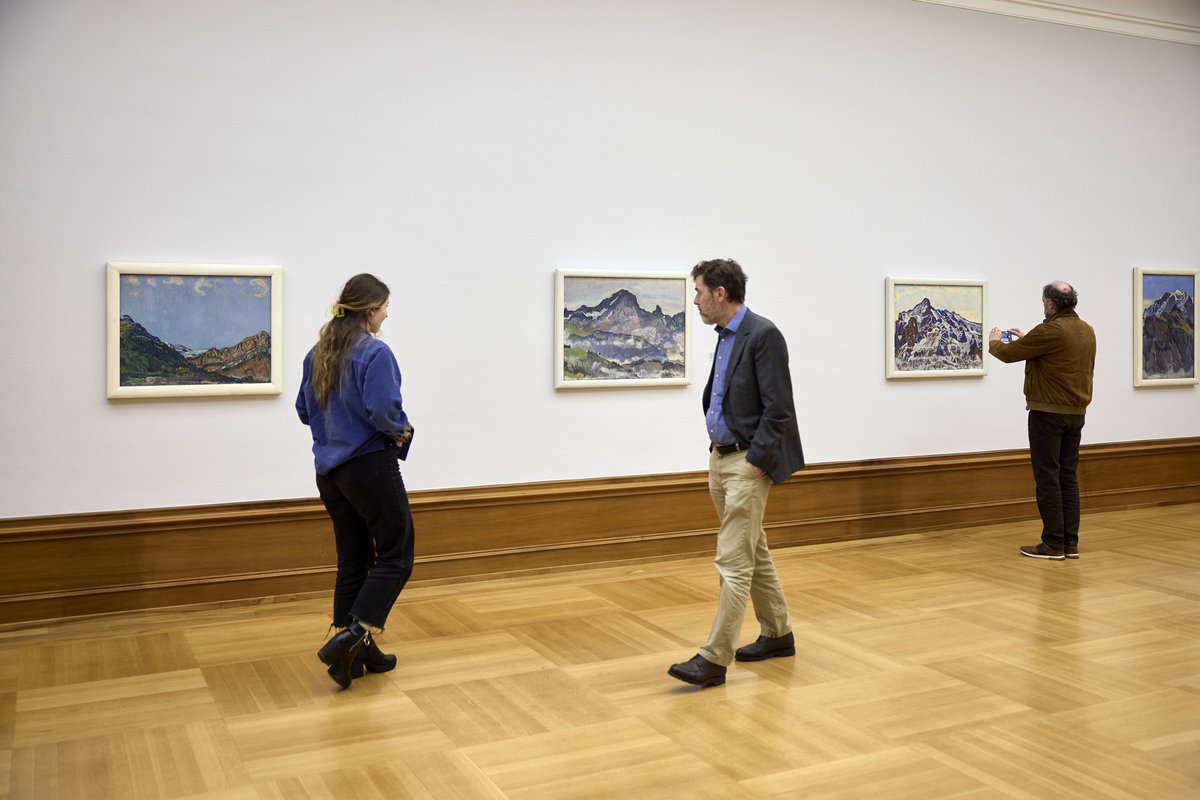
Anchor and Hodler
Two of Switzerland's most popular painters, Albert Anker and Ferdinand Hodler, are represented with comprehensive groups of works and outstanding paintings. Here too, the collections of the Oskar Reinhart Foundation and the Kunstverein complement each other perfectly. Oskar Reinhart was particularly interested in early works by Hodler, whose painterly qualities he held in high esteem. They are now presented together with genre paintings by Albert Anker in one room, where the two artists enter into an exciting dialogue. Other Winterthur collectors of the period were more enthusiastic about the great symbolist works from Hodler’s mature phase. Thus, also this late creative period is validly represented, including the so-called Hahnloser version of View into Infinity.
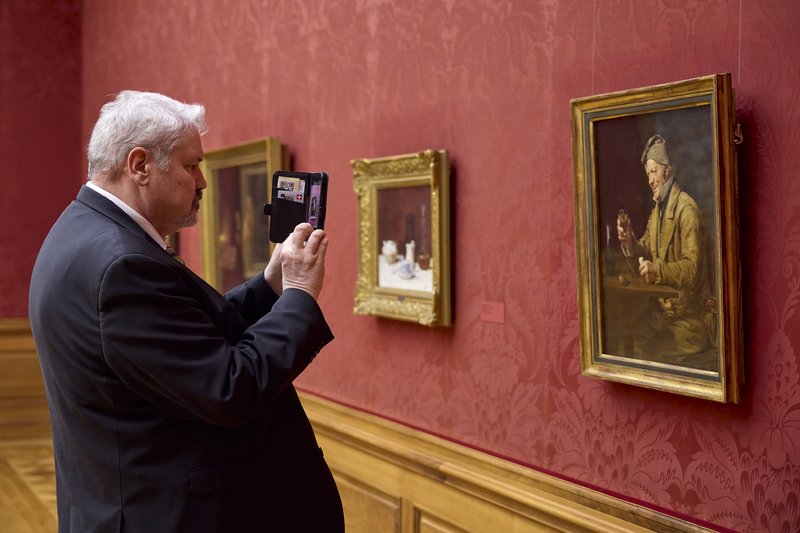
Oskar Reinhart’s collection of paintings by Albert Anker, who was particularly interested in children and the elderly, is now enhanced through first class loans from the Stiftung für Kunst, Kultur und Geschichte (Foundation for Art, Culture and History). The painter’s empathy for people and his outstanding skill can be seen all the more impressively in the expanded group of works.
Amiet, Giacometti and Expressionism
The final focus of the art historical tour through the collection is Expressionism. In Switzerland, it has its roots in the work of Cuno Amiet and Giovanni Giacometti, who managed to overcome Hodler's dominant aesthetic by studying van Gogh and Gauguin. Their path to modernism can be observed step by step in their early work, of which there are some impressive examples in the collection.
The most important representative of German Expressionism, Ernst Ludwig Kirchner, influenced a generation of young artists who came together in the Basel Red-Blue Group. They made what was probably the most important contribution to Swiss Expressionism. On display are large-format works by Albert Müller and Hermann Scherer, including one of the few sculptures in the collection: an impressive portrait of mother-and-child that Scherer carved out of wood. The presentation is rounded off with works by the international artists Oskar Kokoschka and Max Beckmann.
Connecting lines
The history of art is not linear; epochs and ideas overlap. The artistic avant-garde and the supposedly outdated run parallel to each other. The presentation of the collection at Reinhart am Stadtgarten leads from the old masters to modernism – but deliberately along German-speaking lines of development, while other artistic movements of the late 19th century, such as French Impressionism, are excluded. This can be admired at the nearby Kunst Museum Winterthur | Beim Stadthaus with masterpieces ranging from Claude Monet to Vincent van Gogh. They form the beginning of the tour of the collection and lead on to Cubism, Constructivism, Surrealism – and from there to abstraction and contemporary art.
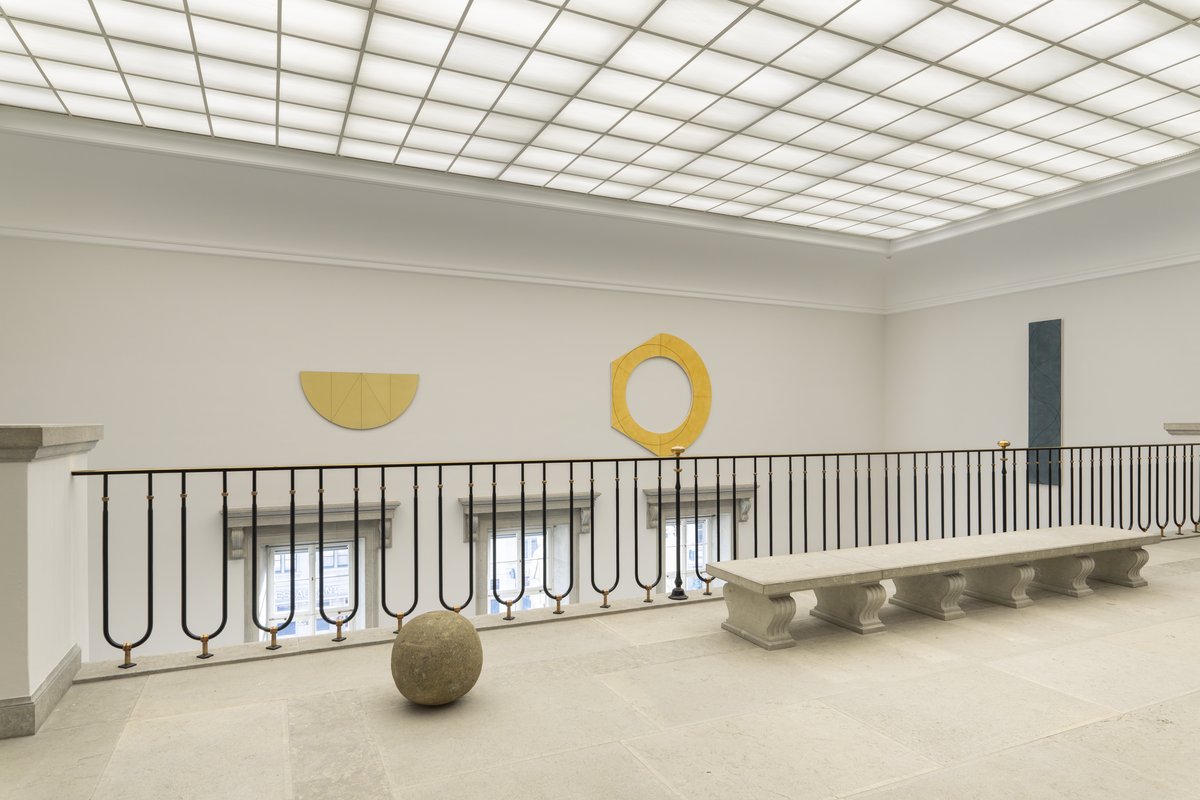
US-American art
Whereas the foyer on the ground floor has been transformed into a contemporary entrance to the museum tour thanks to an intervention by architect Heike Hanada and artist Ayşe Erkmen containing lamps by artist Koenraad Dedobbeleer, the foyer on the upper floor has become a venue for temporary exhibitions. Monumental works of post-war art from the United States of America by Robert Mangold, Ellsworth Kelly and conceptual artist Lawrence Weiner are now on display. American art of the 20th century belongs to the most important focal points of the collection at the Kunst Museum Winterthur. Their presentation at Reinhart am Stadtgarten bridges the gap between historical art and the present day and conveys an impression of the international significance and wealth of the collection. They build a bridge not only between the continents, but also between the centuries. The high quality of this group of works and the outstanding position of US-American painting in recent art history form a worthy counterpoint to the undisputed masterpieces by Caspar David Friedrich, his contemporaries and successors.


